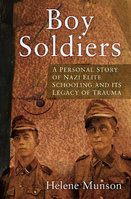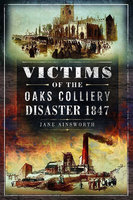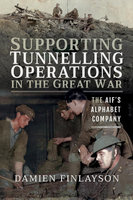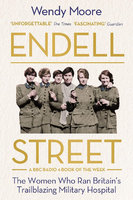Your basket is empty.
Categories War Memoirs WAR & TRAUMA
WAR & TRAUMA
Book number: 93972
Product format: Paperback
In stock
Bibliophile price
£10.00
Published price
£25
Customers who bought this product also bought
|
BOY SOLDIERS: A Personal Story of Nazi Elite Schooling
Book number: 93614
Product format: Hardback
Bibliophile price
£6.00
Published price
£20
|
TINY HATS ON CATS: Because Every Cat Deserves to Feel Fancy
Book number: 93850
Product format: Hardback
Bibliophile price
£2.50
Published price
$15
|
VICTIMS OF THE OAKS COLLIERY DISASTER 1847
Book number: 94680
Product format: Paperback
Bibliophile price
£4.50
Published price
£16.99
|
SUPPORTING TUNNELLING OPERATIONS IN THE GREAT WAR:
Book number: 94677
Product format: Paperback
Bibliophile price
£3.00
Published price
£16.99
|
ENDELL STREET
Book number: 94689
Product format: Paperback
Bibliophile price
£4.00
Published price
£9.99
|
@NATGEO: The Most Popular Instagram Photos
Book number: 94396
Product format: Hardback
Bibliophile price
£6.50
Published price
£12.99
|
Browse these categories as well: War Memoirs, War & Militaria, Health & Beauty
















